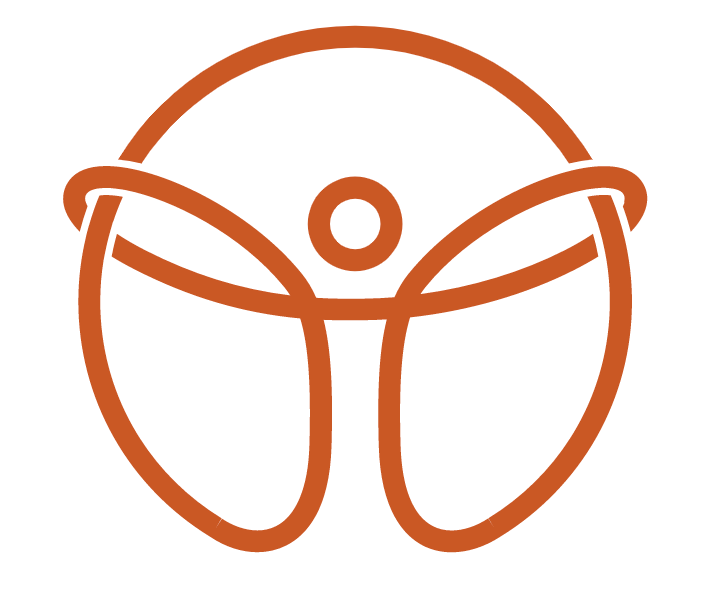Understanding Non-Painful Knee Stiffness: Causes and Manual Therapy Solutions
Knee stiffness, even when it's not accompanied by pain, can still significantly impact daily activities and overall mobility. While pain is often the primary symptom associated with knee issues, stiffness alone can be bothersome and affect one's quality of life. In this blog, we'll explore the potential causes of non-painful knee stiffness and delve into manual therapy solutions to address this discomfort effectively.
Causes of Non-Painful Knee Stiffness
Muscle Imbalances
Imbalances between the muscles surrounding the knee joint, such as the quadriceps, hamstrings, and calf muscles, can lead to stiffness. Weakness or tightness in these muscles can alter joint mechanics and limit mobility.
Joint Dysfunction
Reduced joint mobility or alignment issues, such as minor misalignments or restrictions in the knee joint, can contribute to stiffness. These dysfunctions may not necessarily manifest as pain but can affect movement patterns and flexibility.
Postural Habits
Poor posture or habitual movements that place undue stress on the knees, such as prolonged sitting or standing with improper alignment, can lead to stiffness over time.
Lack of Mobility
Sedentary lifestyles or lack of regular exercise can result in decreased joint mobility and flexibility, leading to stiffness in the knees.
Manual Therapy Solutions for Non-Painful Knee Stiffness
Soft Tissue Mobilization
Manual techniques such as massage or myofascial release can help alleviate muscle tightness and improve tissue extensibility around the knee joint. Targeting areas of tension in the quadriceps, hamstrings, and calf muscles can enhance mobility and reduce stiffness.
Joint Mobilization
Manual therapy techniques like joint mobilizations or manipulations aim to restore normal joint mechanics and increase range of motion. By applying gentle pressure and controlled movements, a skilled therapist can address any restrictions or imbalances within the knee joint, promoting smoother, pain-free movement.
Stretching and Range of Motion Exercises
Prescribed stretching exercises targeting the muscles and soft tissues around the knee can help improve flexibility and reduce stiffness. Incorporating dynamic and static stretches into a daily routine can gradually increase joint mobility and alleviate discomfort.
Corrective Exercise Prescription
A tailored exercise program designed to address muscle imbalances and improve overall joint stability can be beneficial for managing non-painful knee stiffness. Strengthening exercises focusing on the quadriceps, hamstrings, and hip muscles can help restore proper alignment and function, reducing stiffness over time.
Postural Correction
Addressing underlying postural habits or movement patterns that contribute to knee stiffness is essential. Manual therapy techniques combined with ergonomic adjustments and postural awareness can help correct alignment issues and alleviate strain on the knees.
Non-painful knee stiffness may not always garner the same attention as painful conditions, but it can still impede daily activities and affect mobility. Manual therapy approaches offer effective solutions for addressing the underlying causes of stiffness, focusing on improving muscle flexibility, joint mobility, and overall movement patterns. By incorporating soft tissue mobilization, joint manipulation, targeted stretching, and corrective exercises into a comprehensive treatment plan, individuals experiencing non-painful knee stiffness can restore function and enhance their quality of life. If you're dealing with persistent knee stiffness, consulting with a qualified manual therapist can provide personalized guidance and support on your journey to improved mobility and well-being.

